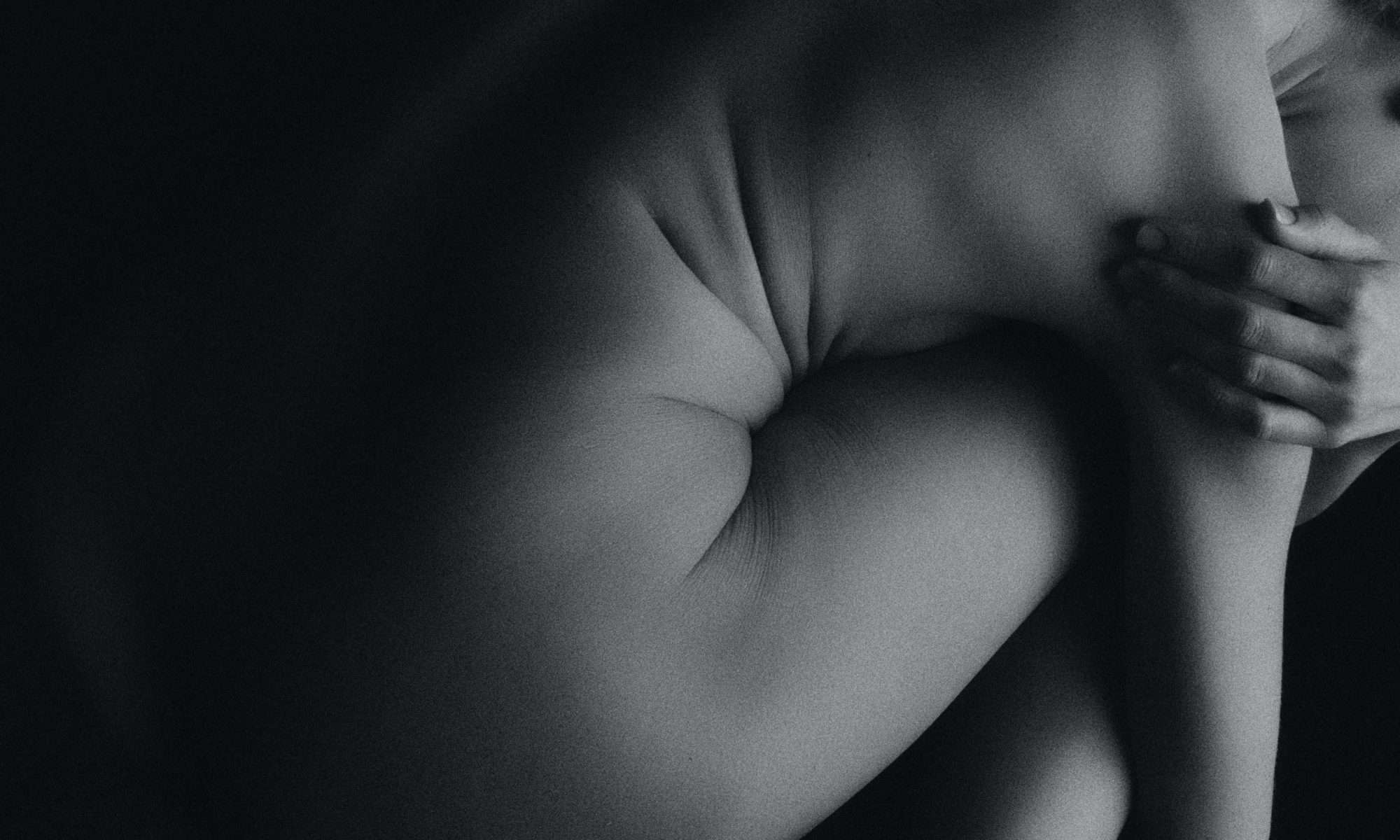Fascia blasting is one of the most popular health and beauty trends of the past five years. It’s also one of the most mysterious, one that picked up steam after making a cameo on “Keeping Up With the Kardashians” and one that I don’t intend to try anytime soon.
What Is Fascia?
Fascia is a thin layer of fiber-rich tissue woven throughout your entire body. It's what puts the “fasciitis” in “plantar fasciitis.” In that instance, the fascia found beneath the arch of your foot is inflamed, which causes pain. Fascia exists all throughout your body, though, including around both muscle and soft tissue areas. Some of these soft-tissue areas are fat, and that’s where fascia blasting comes in.
[insert page='Offer' display='content']
What in the World Is Fascia Blasting?
The basic idea is this: When your fascia gets too tight, it can cause discomfort (see sore arches above), and it can also encourage the growth of cellulite. Loosen up that fascia, the theory goes, and you’ll curb pain and reduce the appearance of cellulite.
The name for that process is fascia blasting, and it's performed in a variety of ways. The most common method involves warming up the area and then rolling or rubbing a fascia-blasting device across it for several minutes. These tools can take assorted shapes as well, but the most popular design looks like a baton with rubber claws on it. These claws do the actual “blasting.”
Does Fascia Blasting Work?
If an end to dimpled thighs sounds too good to be true, it’s because it probably is. Scientists have only scratched the surface when it comes to understanding what fascia is and what it does. They know that it’s primarily collagen and that it both gives your body its shape and helps its various parts move. Some evidence suggests that it may play a role in cellulite as well.
When it comes to actual fascia-blasting results, however, science is split. Some physical therapists and other health professionals feel that fascia treatments do improve the flexibility of your fascia, which, in theory, could decrease cellulite. Others disagree.
Interestingly, one of the biggest issues with any form of fascia treatment is the fact that fascia is virtually impossible to handle in isolation. In other words, since it’s wound all throughout your body like a giant net, it’s difficult to study or to say with any certainty what its exact role is in a given health condition.
Should You Try Fascia Blasting?
Probably not, and I’ll give you three reasons why. First, much more research needs to be completed. The evidence that suggests fascia blasting works for both cellulite and pain is promising, but it’s just a start.
Second, many physicians strongly recommend that any manipulation of the fascia be done by a trained professional. Experts know better which areas to target and how to handle them (literally in some cases).
Third, there are safer and gentler ways to relieve pain and potentially bust up cellulite-boosting tissue. Commercial fascia blasting tools are often extremely rigid. Add a well-intentioned but total lack of expertise into the equation, and you have a recipe for lasting damage. In fact, one of the most popular fascia-blasting devices has been subjected not only to FDA complaints but also to multiple class-action lawsuits by parties claiming blaster use led to inflammation, violent bruising and altered menstrual cycles.
I’d be lying if I said that I wouldn’t like to have the same figure that I had when I was 22. The thing is, I’m not willing to literally beat myself up to get it! If you’re considering fascia blasting to remove cellulite, do your homework first. Better still, learn to love yourself. Those aren’t dimples, those are battle scars, and you’ve done some incredible things to earn them.

